I wrote a while ago about USIM basics and talked about what each of the fields stored on a USIM manage, but I thought I’d talk a little about my adventures in getting custom USIMs.
I started working on a private LTE project a while ago; RAN hardware (eNodeBs) were on the way, down to a shortlist of a few EPC platforms, but I still needed USIMs before anyone was connecting to the network.
So why are custom USIMs a requirement? Can’t you just use any old USIM/SIMs?
In UMTS / LTE / NR networks there’s mutual network authentication, again I’ve written about this topic before, but unlike GSM where the network authenticates the UE, in later RAN standards, the UE also authenticates the network. (This mitigates any bad actor from setting up their own base stations and having UEs attach to it and have their traffic intercepted).
For roaming to work between carriers they’ve got to have their HSS / DRA connecting to the DRA or HSS of other carriers, to allow roaming subscribers to access the network, otherwise they too would fall foul of the mutual network authentication and the USIM wouldn’t connect to the network.
The first USIMs I purchased online through a popular online marketplace with a focus on connecting you to Chinese manufacturers.
They listed a package of USIMS, a USB reader/writer that supported all the standard USIM form factors and the software to program it, which I purchased.
The USIMs worked fairly well – They are programmable via a card reader and software that, although poorly translated/documented, worked fairly well.
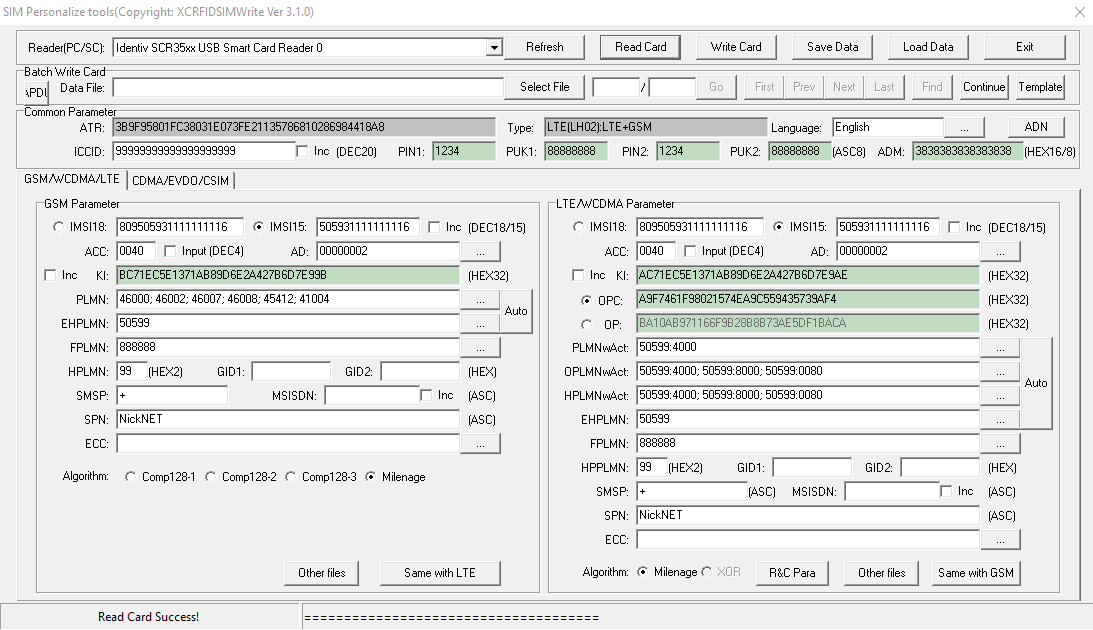
K and OP/OPc values could be written to the card but not read, while the other values could be read and written from the software, the software also has the ability to sequentially program the USIMs to make bulk operations easier. The pricing worked out about $8 USD per USIM, which although expensive for the quantity and programmable element is pretty reasonable.
Every now and then the Crypto values for some reason or another wouldn’t get updated, which is exactly as irritating as it sounds.
Pretty quickly into the build I learned the USIMs didn’t include an ISIM service on the card, ISIM being the service that runs on the UCCID responsible for IMS / VoLTE authentication.
Again I went looking and reached out to a few manufacturers of USIMs.
The big vendors, Gemalto, Kona, etc, weren’t interested in providing USIMs in quantities less than 100,000 and their USIMs came from the factory pre-programmed, meaning the values could only be changed through remote SIM provisioning, a form of black magic.
In the end I reached out to an OEM manufacturer from China who provided programmable USIM / ISIMs for less than I was paying on the online marketplace and at any quantity I wanted with custom printing options, allocated ICCIDs, etc.
The non-programmable USIMs worked out less than $0.40 USD each in larger quantities, and programmable USIM/ISIMs for about $5 USD.
The software was almost identical except for the additional tab for ISIM operations.
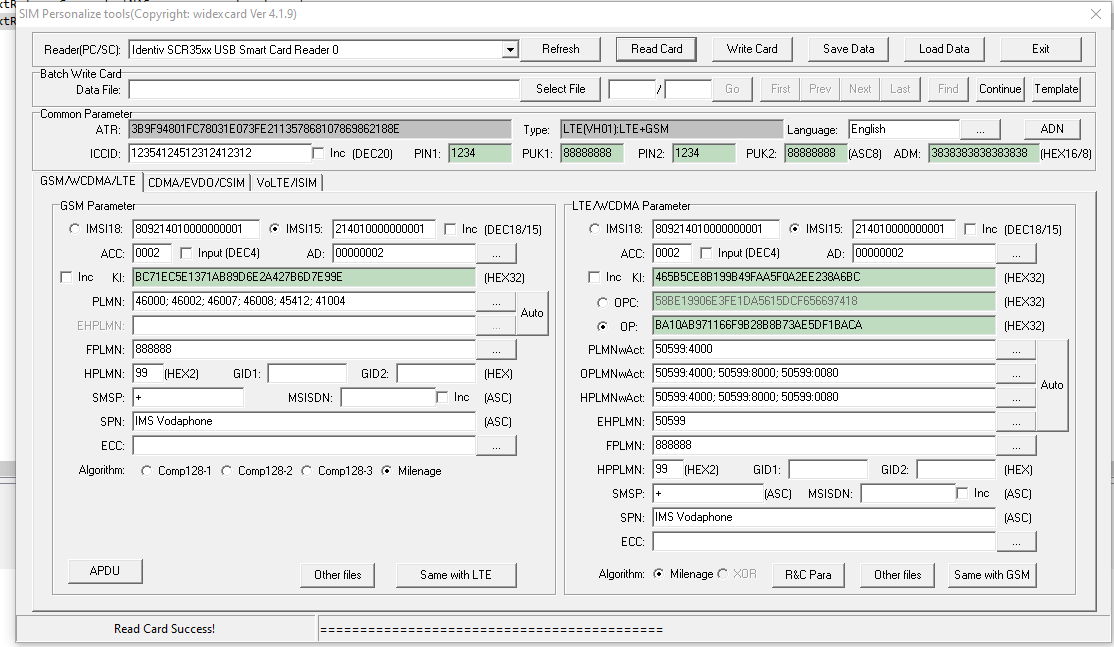
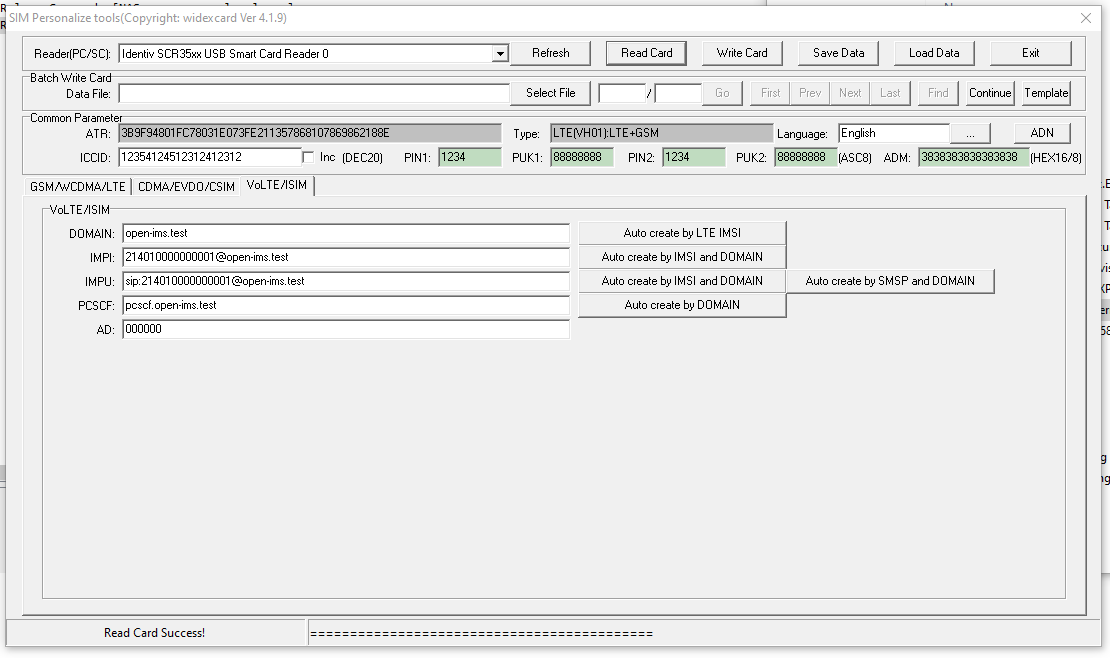
Smart Card Readers
In theory this software and these USIMs could be programmed by any smart card reader.
In practice, the fact that the ISO standard smart card is the same size as a credit card, means most smart card readers won’t fit the bill.
I tried a few smart card readers, from the one built into my Thinkpad, to a Bluedrive II from one of the USIM vendors, in the end the MCR3516 Smart Card Reader which reads 4FF USIMs (Standard ISO size smart card, full size SIM, Micro SIM and Nano SIM form factors, which saved on so much mucking about with form factor adapters etc.
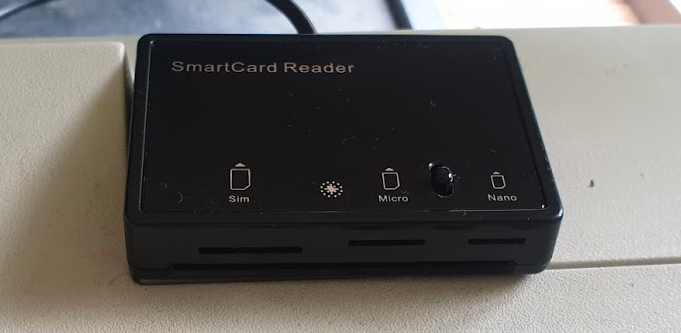
Future Projects
I’ve got some very calls “Multi Operator Neutral Host” (MoNEH) USIMs from the guys at Telet Research I’m looking forward to playing with,
eSIMs are on my to-do list too, and the supporting infrastructure, as well as Over the Air updating of USIMs.
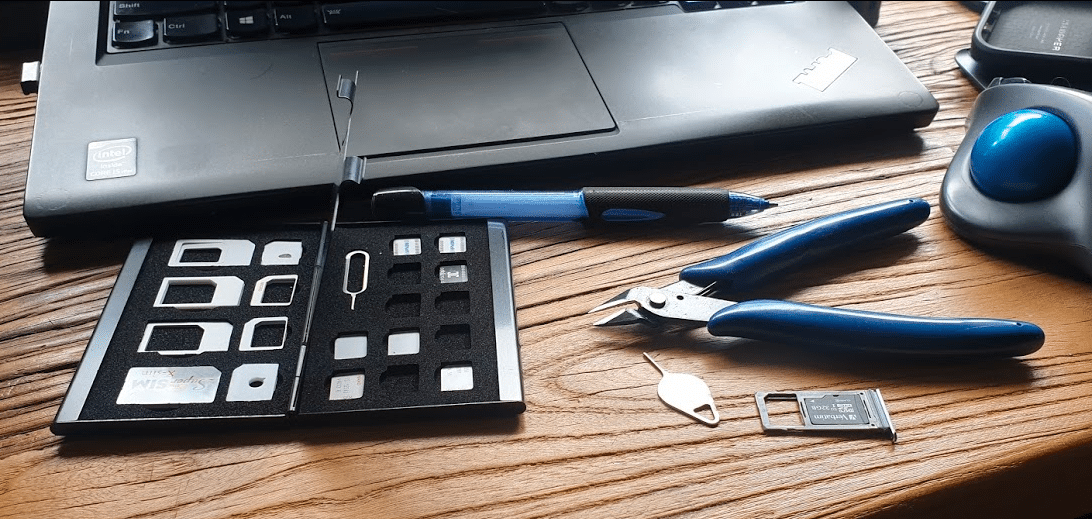
Hi Nick ! I am interested in your supplier for ISIM cards. Can you share your contact with us ? Thanks
Hi Nick, great article indeed. Are you able to share link to the ISIM card +Smart Card Reader SW/HW if still available? Best regards,
hi
i want to setup a payphone service on a campus and i want to give my on tarrif but want calls to go out through the network provider. Please kindly message or email me to help me out
Excellent article! Aa fan of your brief but highly accurate and technical articles with enough details.
I am looking forward to your eSIM details with supporting infra required. That should be a great read.
Thanks again!